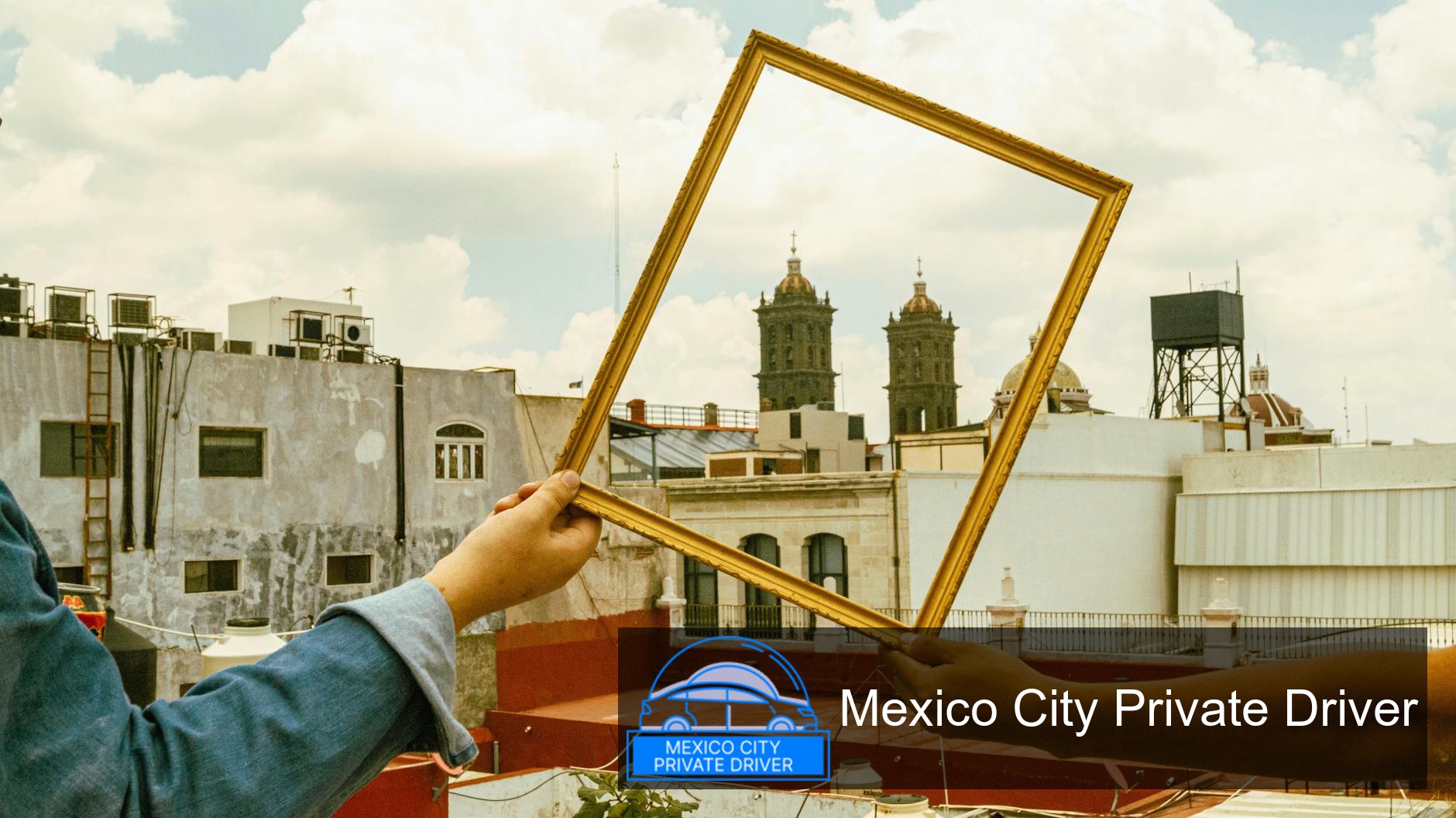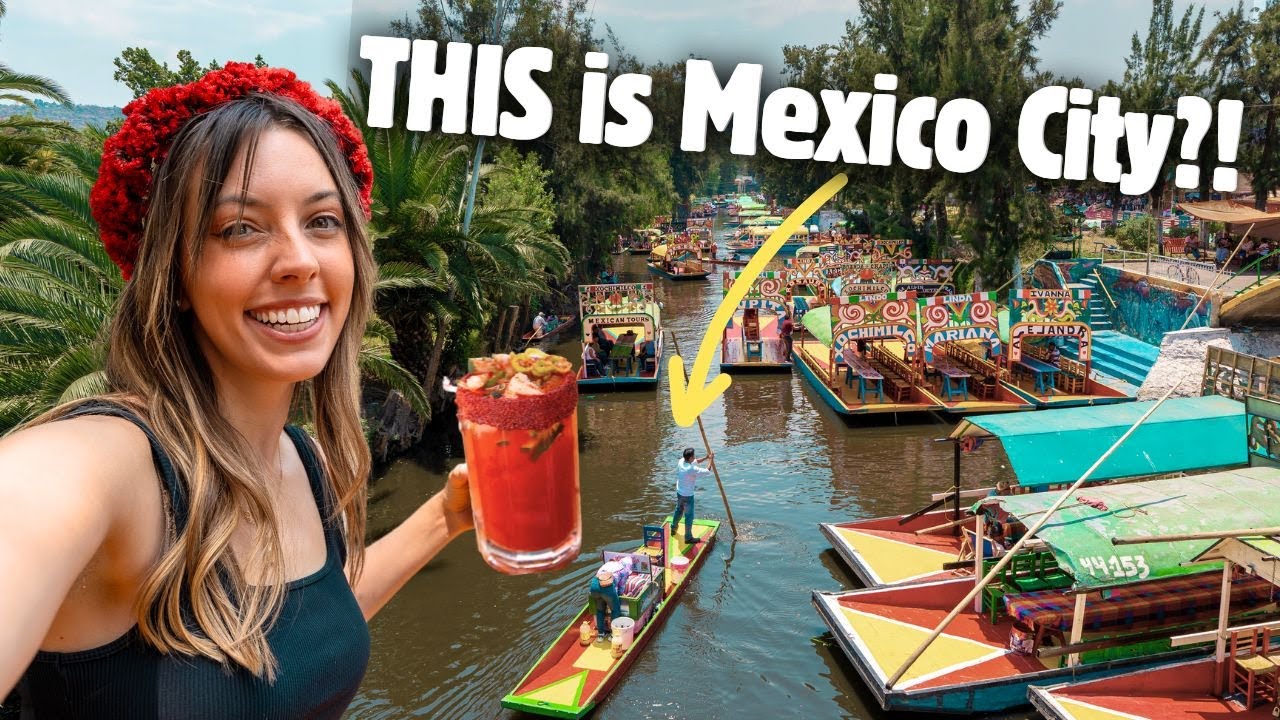TL;DR La Posada del Sol is a mid‑20th‑century monumental hotel in Mexico City’s Doctores neighborhood that was built to be spectacular but closed early and has been mostly abandoned for decades. Its mix of colonial and Art Nouveau details, grand interiors (ballroom, stained glass, Olmec sculpture) and an evocative shrine to a child have made it a magnet for urban explorers and ghost stories. Access is restricted and often policed; many claims about murders and hauntings are local legend rather than documented fact. Below I unpack the building’s history, architecture, the origins of the hauntings, what explorers report, the current legal and safety situation, and how to experience the site responsibly.
La Posada del Sol Mexico City: Uncovering the Secrets of This Haunted Historic Hotel
How I came to care about La Posada del Sol
As someone who researches urban heritage and spends time with Mexico City’s explorers, photographers and conservationists, La Posada del Sol has kept surfacing as a place that blends aesthetic wonder with urban decay. I’ve spent months reading archival notes and contemporary accounts and speaking with people who have tried to get inside. That triangulation — published histories, photographer reports, and firsthand testimony — is how I build the picture below.
Origins and architectural vision
La Posada del Sol was the brainchild of Fernando Saldaña Galván and opened in the mid‑1940s as an ambitious hotel project intended to be one of the city’s showpieces. Multiple sources put its inauguration around 1945 and credit Saldaña with an obsessive, almost personal investment in the property (see reporting summarized by Atlas Obscura and CDMX Secreta).
The building is striking because it combines colonial motifs with Art Nouveau flourishes — a stylistic mismatch that nonetheless creates a unique atmosphere. Large interior spaces, an ornate ballroom with a black‑and‑white tiled floor, oversized stained‑glass windows, and sculptural elements (including an Olmec‑style piece in the courtyard) give it the feel of a mini cultural complex rather than a run‑of‑the‑mill hotel (see descriptions from Atlas Obscura and Animal New York).
Why it didn’t fulfill its original promise
There isn’t a single, definitive explanation publically available for why La Posada del Sol closed early and largely fell into disuse. Contemporary coverage and local histories indicate it operated only briefly before shutting down, and thereafter it was mostly abandoned for decades (CDMX Secreta; Escrito Federal). Speculation ranges from financial difficulties and mismanagement to shifting urban dynamics and structural or legal hurdles — but clear documentary proof for any one cause is scarce in the public record. In short: the hotel’s failure seems to be a mix of practical and contextual factors rather than a single sensational event.
The legends: what people say and what we can verify
Stories of hauntings and a tragic child are central to La Posada del Sol’s popular reputation. Visitors and explorers routinely describe a makeshift shrine to a young girl in the building’s basement and offerings left by people who believe her spirit lingers there (reported in The Sun, Atlas Obscura, and photo essays by urban explorers).
Two important cautions:
- There is widespread oral testimony about a girl who died on the premises; however, I could not find public death records or reputable archival documentation that confirms the precise events behind the legend.
- Many of the more sensational claims — specific murders, curses, or pervasive paranormal activity — come from social‑media posts and sensational press pieces rather than rigorous investigation. Treat these as local folklore that says more about how people interpret the building than about provable historical fact.
What urban explorers report inside the hotel
People who have penetrated the secured gates (and many cannot) describe a surprisingly intact interior in places: a grand ballroom, staircases and corridors, tile work and murals, and a central courtyard that reads like a neglected plaza. Reports describe graffiti, broken glass and an overwhelming sense of abandonment, but also elements that testify to the original ambition — scale, decorative intent, and unusual artifacts (Animal New York; Escrito Federal; Atlas Obscura).
Security is real and active. Multiple accounts note 24‑hour guards, barbed wire and locked green gates; this is not a site where casual “pop in” visits are possible (Escrito Federal; Animal New York).
Conservation, ownership and legal status
Ownership and official status of the site are murky in public sources. Because it sits within a built‑up urban block and has been the subject of occasional municipal attention, it attracts conversations about reuse and heritage, but I found no clear, recent record of a formal restoration plan in the public domain. That ambiguity is part of why the building gets left in limbo — it’s significant, but it is also complicated to repurpose within the context of legal, financial and neighborhood realities.
Why La Posada del Sol captivates photographers and storytellers
There are three simple reasons this hotel keeps appearing in articles and photo essays:
- Visual contrast — ornate architecture versus decay makes for iconic imagery (stained glass, tiled floors, Olmec sculpture).
- Narrative density — abandoned grand projects naturally attract legends, especially in a city with deep historic layering like Mexico City.
- Physical drama — the site is large, partly accessible only by daring explorers, and guarded, which adds to the mystique.
Comparative snapshot
Below is a short comparison between La Posada del Sol and two other well‑known Mexico City buildings that mix abandonment and legend. This is to help you gauge scale, accessibility and storytelling around similar sites.
| Feature | La Posada del Sol | Other Abandoned Landmark (e.g., a comparable site) |
|---|---|---|
| Era built | Mid‑20th century (inaugurated ~1945) [source] | Varies; often late 19th–early 20th century |
| Architectural style | Colonial + Art Nouveau mixture; grand interiors [source] | Often uniform historicist style (e.g., neoclassical, porfirian) |
| Current condition | Derelict, graffiti, partial interior survival, guarded entrances [source] | Ranges from near‑ruin to semi‑restored |
| Public access | Restricted; heavy security; illegal entry discouraged [source] | Some sites have official tours or protective barriers |
| Associated legends | Child’s shrine and hauntings; many oral reports, limited official documentation [source] | Ghost stories common, but documented history varies |
Practical Guide
If you’re interested in experiencing La Posada del Sol responsibly, here are concrete steps I recommend. I include legal and safety precautions — the site is guarded and entry without permission is both risky and potentially illegal.
- View from the public sidewalk first. You can see much of the façade and part of the complex without entering. This is legal and often the least risky way to appreciate the architecture.
- Check local news and municipal records. Before any deeper attempt to access, consult official sources for signs of regulated tours, redevelopment plans or temporary closures. I could not find public documentation of a current restoration plan; status can change so verify locally (see Atlas Obscura and local reporting links).
- Seek permission from the owner or property manager. Some photographers and cultural groups negotiate supervised access; documented permission is the only responsible way to go inside.
- Join a sanctioned tour if one is ever offered. Occasionally heritage or urban‑photography groups arrange legal visits — these are safer and often provide context that enriches the experience.
- If you are documenting, respect the shrine and cultural practices. The shrine to a child in the basement has offerings left by visitors; treat these with respect and do not remove or disturb items (reported by Atlas Obscura and The Sun).
- Don’t trespass. Multiple reports emphasize active guards and the legal risk of breaking in. The thrill is not worth fines, detention or physical danger (Escrito Federal; Animal New York).
- Bring the right gear for observation from outside: telephoto lens for details, comfortable shoes for sidewalk photography, and a flashlight if exploring legally at dusk with permission.
- Report fragility. If you notice structural hazards or historical elements that merit protection, reach out to local heritage organizations — citizen reporting can help trigger conservation interest.
My take: hauntings, heritage, and ethics
I find La Posada del Sol fascinating because it sits at the intersection of architecture, neglect and storytelling. The shrine and ghost stories are powerful cultural expressions — they show how communities make meaning from abandoned spaces. At the same time, sensationalizing unverified tragedies can obscure legitimate conversations about reuse, heritage protection and community needs.
So I treat the haunting narratives as folklore that deserves respect, but I also push for documentary rigor when specific historical claims are made. If you want to explore the hotel’s story further, look for primary documents (property records, newspapers from the 1940s–1960s) or interviews with long‑term residents who can corroborate events.
Safety & legal checklist
- Assume entry is prohibited unless you have written permission.
- Do not remove artifacts or disturb the shrine — it is an act of cultural disrespect and can be illegal.
- Avoid attempts to climb fences or bypass guards; it’s dangerous and may lead to arrest.
- If you see structural instability (loose masonry, collapsed ceilings) report it rather than photographing from close range.
FAQs
Is La Posada del Sol actually haunted?
“Haunted” is a matter of belief and experience. Numerous visitors and explorers report eerie sensations and a shrine for a child, which fuels the haunted reputation. However, solid historical records that confirm the dramatic events often described (specific murders or a documented child fatality on site) are not publicly available. Treat the hauntings as powerful local folklore rather than established historical fact; see Atlas Obscura and local reporting for how the legend circulates.
Can I legally enter La Posada del Sol?
Generally no, not without permission. Reports consistently mention security, guards, and locked gates; unauthorized entry can result in legal consequences. Several sources (Escrito Federal; Animal New York) stress that access is restricted and that breaking in is unwise.
Who owns the property and is there a plan to restore it?
Publicly available sources do not provide a clear, up‑to‑date account of current ownership or an active restoration program. The building has been the subject of occasional attention, but as of my latest research there was no publicized, fully funded restoration plan. Local archives or municipal offices might have more detailed records if you want deeper verification.
What is the shrine I keep hearing about?
Explorers and visitors have documented a small shrine dedicated to a girl — with candy, photographs and flowers — typically placed in a basement area. The shrine is part of the site’s living folklore (reported in The Sun and Atlas Obscura). Whether it marks a documented death on the premises or is an external act of remembrance is not definitively established in public records.
Are there guided tours available?
Not regularly. Most visits described in journalism and photo essays are by urban explorers who obtained access through private contacts or rare, sanctioned events. If you’re intent on an inside look, try contacting local cultural organizations or heritage groups for information about potential supervised access.
What should I do if I want to photograph La Posada del Sol?
Photograph from public spaces unless you have permission to go inside. Use a telephoto lens for details, respect the shrine, and avoid posting images that encourage trespass. If you gain permission, bring a partner, proper lighting, and protective gear and follow any conditions set by the owner or custodian.
Further reading and sources
For the details I relied on while compiling this article, consult the on‑the‑ground reports and photo essays: Escrito Federal (architectural and explorer perspective), Animal New York (firsthand urban exploration reporting), Atlas Obscura (context and imagery), CDMX Secreta (local history summary) and reportage on the shrine and legends (see The Sun coverage that documents the shrine and offerings). I’ve linked to each source throughout the article so you can read the original accounts and photo documentation.
La Posada del Sol is one of those places where beauty and neglect produce storytelling that is both seductive and problematic. If you go, do so with curiosity, respect and an eye to ethics: the stories matter, but so does the law and the fragile fabric of the building itself.
Martin Weidemann is a digital transformation expert and entrepreneur with over 20 years of experience leading fintech and innovation projects. As a LinkedIn Top Voice in Digital Transformation and contributor to outlets like Forbes, he now brings that same expertise to travel and mobility in Mexico City through Mexico-City-Private-Driver.com. His focus: trustworthy service, local insights, and peace of mind for travelers.



